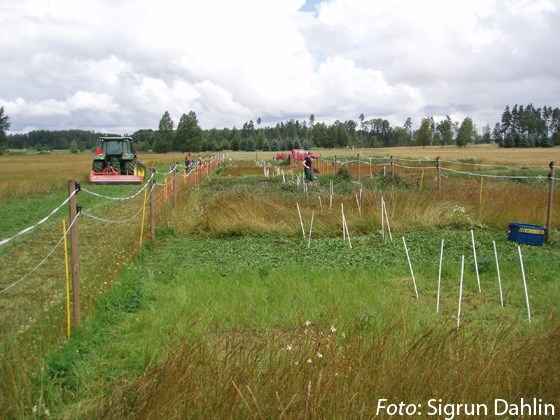Facts:
A nitrogen budget is a tool for assessing utilization efficiency in a cropping system, as well as for assessing the risk of losses to the external environment. It is also a tool for evaluating the effects of different management options. To make reasonable budgets, reliable data are needed on nitrogen inputs and outputs. Inflow of nitrogen through symbiotic nitrogen fixation is often a weak point, which means that budgets may become unreliable. This is particularly evident in organic production systems where the primary inflow of nitrogen is largely through symbiotic fixation in pastures and fodder or green manure leys, or in other leguminous crops.
